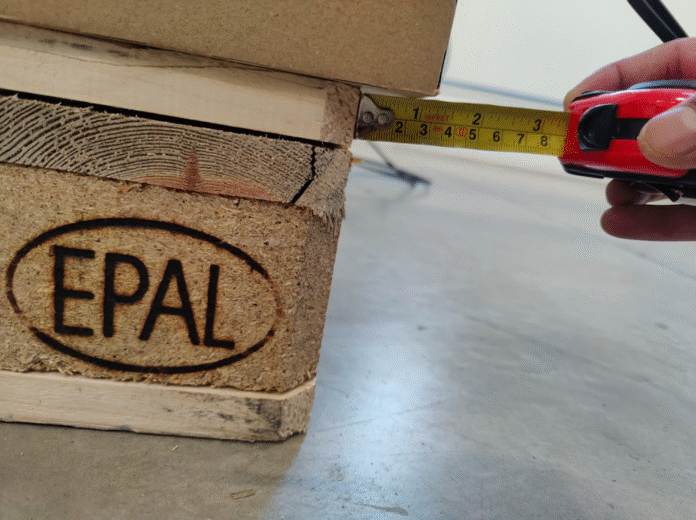I just wrapped up a factory acceptance test (FAT) in Spain with a global player in the personal care and consumer goods industry. It was smooth—so smooth, in fact, that their team had to rebook flights home because we finished ahead of schedule.
Now, I know what you’re thinking: if it was that easy, it probably wasn’t exciting. And technically, you’re right. This project wasn’t challenging from an engineering standpoint. But from a deployment and long-term strategy perspective? It was spot-on.
Here’s why starting simple was exactly the right move, both for them and for us.
Low complexity, high opportunity
This was the first robot deployed in their entire organization. It’s a low-speed, low-stack palletizing application: about three boxes per minute, rigid cardboard, easy layout. For my technical side, nothing to get fired up about.
But from a business standpoint, this is a launchpad. We’re talking about a global group with multiple factories across Europe. This first installation is a test case. If it goes well, we’re looking at repeat deployments in sites with higher speed requirements, tighter footprints, and different safety constraints.
So yes, it’s simple. But it’s also the key to scaling automation across their network.
A lean robotics approach from day one
This customer had some awareness of Lean Robotics already, which made the conversation even smoother. Together, we agreed: let’s start small, deploy fast, and minimize risk.
The project fits perfectly in the “green zone”—low risk, low complexity, and high value. That allowed us to:
- avoid safeguards (a big culture shift for them)
- maintain the existing layout
- reduce friction during the deployment
Everything in this first phase was about building trust and showing what’s possible when automation is done right.
Simple doesn’t mean challenge-free
Even though the robot application itself was straightforward, we still had to navigate a lot of complexity—just of a different kind. When working with a large, global company, you’re not just solving for automation. You’re solving for change.
We had to engage with stakeholders from IT, safety, maintenance, and procurement. Everyone had different goals, KPIs, and perspectives. One person can greenlight the application, but if the safety lead isn’t on boa (or the factory operator spots an issue late in the game) things slow down fast.
We managed it well, but I’ll say this: the earlier you can meet those stakeholders, the better. Some of the feedback we got during FAT (like box orientation adjustments) came from local operators who understood the process better than anyone. Those insights were critical, and would’ve been even more useful earlier on.
Why flexibility matters
Because we used Robotiq’s standard palletizing solution, we could adapt really quickly.
During FAT, they asked for four or five changes. Box orientation. Speed adjustments. A tweak in force. Each change took five minutes or less. No rewriting code. No delays. We stayed on track and completed the full FAT in one day.
Their team told us this was the smoothest FAT they’ve ever done. That’s not just a win for us—it’s a strong signal that standardization and simplicity go hand in hand when you’re laying the foundation for broader automation.

What’s next?
This was just step one. More complex sites coming: some that require speed, others that demand more advanced safety setups. But that’s where our modular, brand-agnostic platform really shines.
We can support collaborative applications like this one and scale up to higher-speed, more demanding lines—all while keeping the same software environment and core components. That consistency is exactly what customers need when they’re planning multi-site rollouts.
Final thoughts
If you’re facing resistance to automation, whether it’s from safety teams, IT, or operators who’ve been doing things the same way for decades, start simple. Let them see the robot in action. Let them feel how easy it is to adapt. That’s how you change minds and shift culture.
This project reminded me that “easy” on paper doesn’t always mean “easy” in real life. But when the tech is flexible and the team is aligned, it really can be.
Want to see if your project fits the “green zone”?
Try our Palletizing Fit Tool to identify low-risk, high-reward automation opportunities.




